10 Rare Depression Glass Pieces That Came From Cereal Boxes
Depression glass is a prized collectible, and some of the rarest pieces were once found in cereal boxes. Back in the day, cereal companies used these glass pieces as a way to attract buyers, often surprising them with a lovely gift inside. These items, once considered promotional giveaways, are now highly valued for their uniqueness and history. As interest in vintage items grows, these glass pieces continue to capture the attention of collectors. If you enjoy learning about the stories behind collectible treasures, you’ll find these cereal box glass pieces fascinating.
This post may contain affiliate links, which helps keep this content free. Please read our disclosure for more info.
Hazel Atlas Moderntone Tumblers
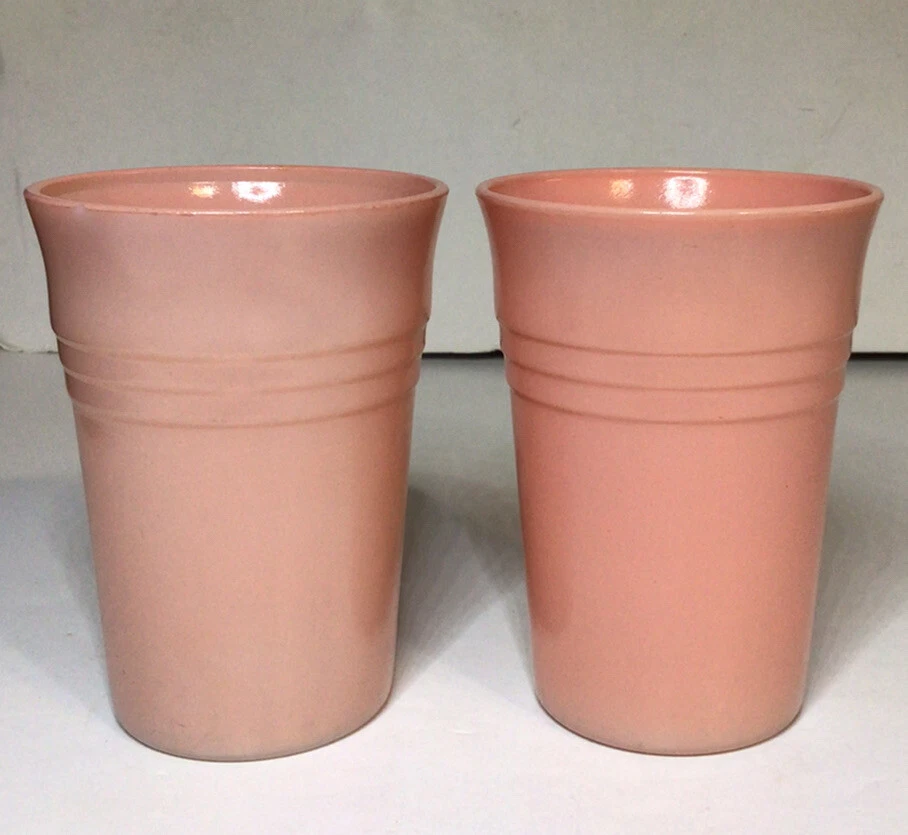
In 1935, Hazel Atlas partnered with Kellogg’s to include Moderntone pattern tumblers in Wheat Krispies cereal boxes. The tumblers were small, sturdy glassware items that became an instant hit. Their simple yet elegant design made them perfect for everyday use, and they were offered as premiums to encourage customers to buy cereal. These tumblers are rare because only a limited number were produced, and many were used or broken over the years. Today, they are highly valued by collectors, with a complete set often fetching around $225.
The tumblers feature a classic pressed glass design, with subtle patterns that make them stand out. The glassware became a coveted item due to its practicality and appealing design. Over the years, the rarity of these tumblers has increased as they became fragile and fewer pieces remained in circulation. Despite their initial mass production, surviving examples are considered precious. The historical significance and rarity have made them a staple for Depression glass collectors.
Macbeth-Evans Thistle Cereal Bowl
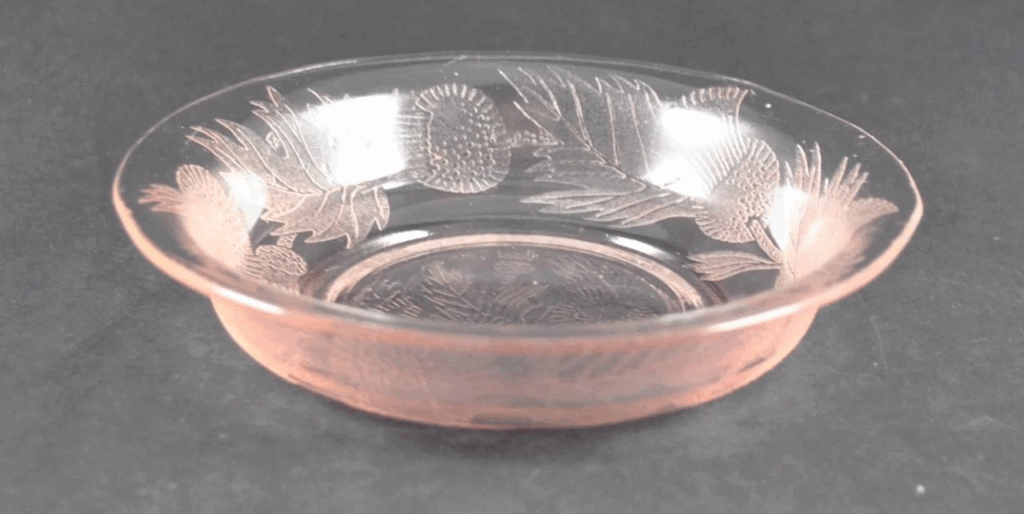
Macbeth-Evans released the Thistle pattern in the 1930s, and these delicate glass cereal bowls were included in cereal boxes as a promotional item. The Thistle pattern featured floral engravings, which gave the glassware a unique, vintage charm. These bowls were marketed as an affordable luxury for families during the Great Depression. The bowls became rare over time because of their fragile nature and limited distribution. Today, a well-maintained Thistle bowl can sell for over $6′ depending on its condition.
Collectors are drawn to the Thistle pattern due to its intricate floral details and the story behind its production. Each piece carries the legacy of Depression-era promotional items and remains highly sought after. Many of these bowls were used and broken, making the surviving pieces more valuable. They are a true piece of history, combining beautiful craftsmanship and the resourcefulness of the time. Today, they continue to attract collectors who appreciate vintage glassware with a story.
Anchor Hocking Sandwich Cereal Bowl

The Sandwich pattern, produced by Anchor Hocking in the 1930s, became a popular premium giveaway in cereal boxes. These glass bowls, with their distinctive pressed design, were a cost-effective way for families to collect functional glassware during tough economic times. The rarity of these pieces comes from their fragile construction and the passage of time, leaving only a few remaining in good condition. Today, a well-preserved Sandwich bowl can range in price from $30 to $70, depending on the market.
The Sandwich pattern bowls are admired for their classic pressed glass design, which was both practical and elegant for the time. Despite being produced in large quantities, the demand for vintage glassware has made these bowls harder to find. Their rarity has only increased as the years have passed, and collectors highly value them today. The combination of their historical importance and timeless design keeps them highly sought after. As a result, these bowls remain an essential piece for vintage glass collectors.
Jeannette Glass Cherry Blossom Cereal Bowl
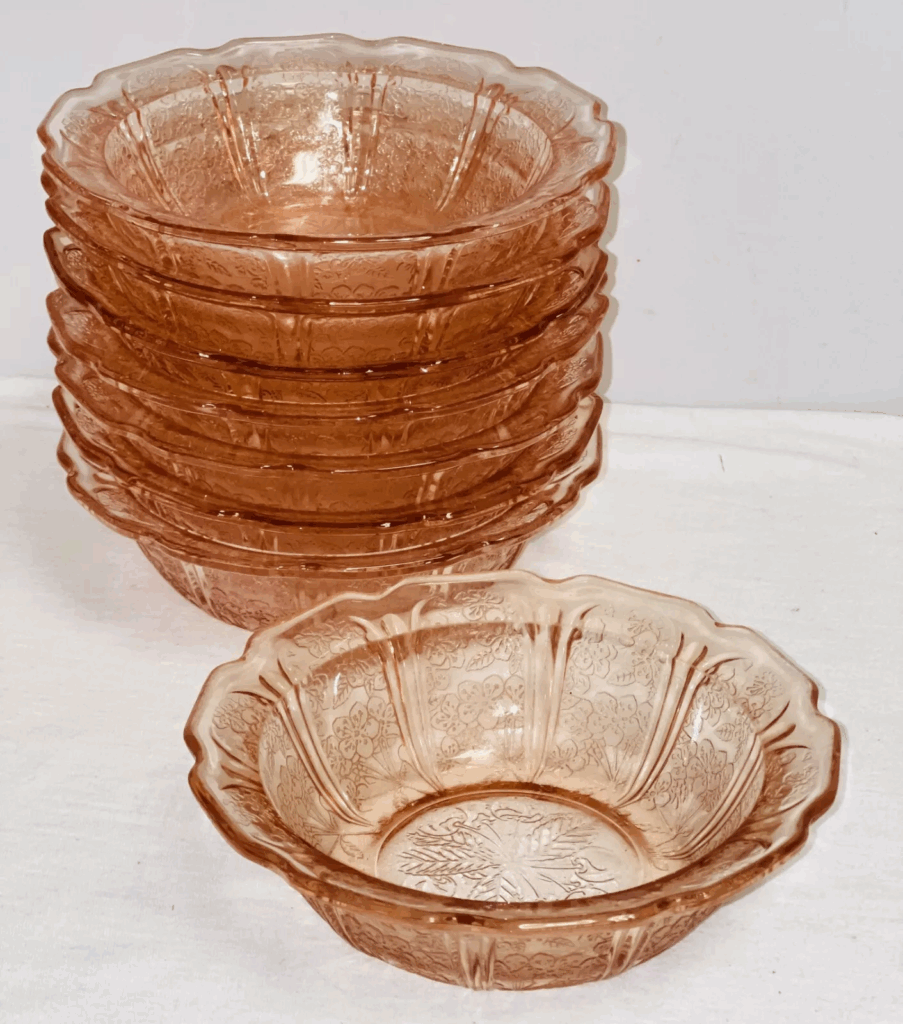
In the 1930s, Jeannette Glass introduced the Cherry Blossom pattern, which was included in some cereal boxes as promotional premiums. This pattern featured delicate floral engravings and was a symbol of grace and elegance. These glass cereal bowls became rare due to the fragility of the glass and the limited production run, making well-preserved pieces highly sought after by collectors. Today, a single Cherry Blossom bowl can fetch anywhere between $40 and $90, depending on its condition.
The Cherry Blossom pattern remains popular for its intricate design, which continues to appeal to those who love vintage glassware. The pattern is most commonly found in pink and clear glass, though other colors are available. Collectors treasure these bowls for their combination of beauty and history, as they are a reflection of Depression-era ingenuity. The rarity of these bowls makes them a desirable find at antique shops and auctions. Despite the passage of time, the Cherry Blossom pattern continues to hold significant value.
Federal Glass Cabbage Rose Cereal Bowl
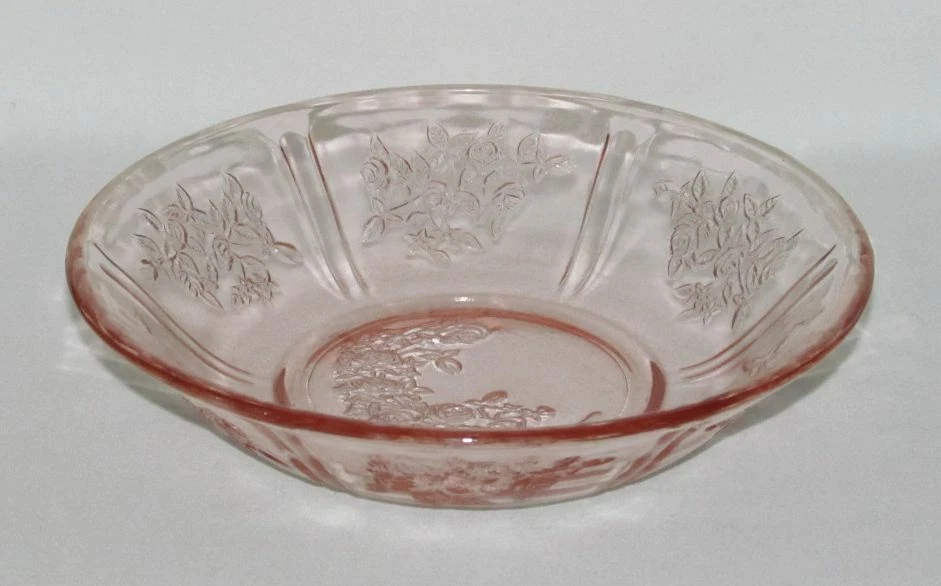
Federal Glass produced the Cabbage Rose pattern during the 193’s and included pieces like cereal bowls in promotional cereal box campaigns. These bowls featured beautifully detailed floral motifs, with roses delicately etched into the glass. The rarity of these pieces is due to their limited release and the fact that many were broken or discarded over time. Today, a Cabbage Rose bowl can be worth anywhere from $50 to $120, depending on its condition and color.
Collectors are particularly fond of these bowls for their intricate design and the elegance they brought to everyday life. The Cabbage Rose pattern is often found in clear or pastel glass, which makes it particularly attractive to collectors of vintage glassware. Because these pieces were part of a temporary promotion, their numbers are limited, adding to their value. They remain a beloved collectible among those who appreciate the beauty of Depression glass. Despite being a promotional item, the Cabbage Rose pattern continues to be a symbol of craftsmanship and history.
Hazel Atlas Cloverleaf Cereal Bowl
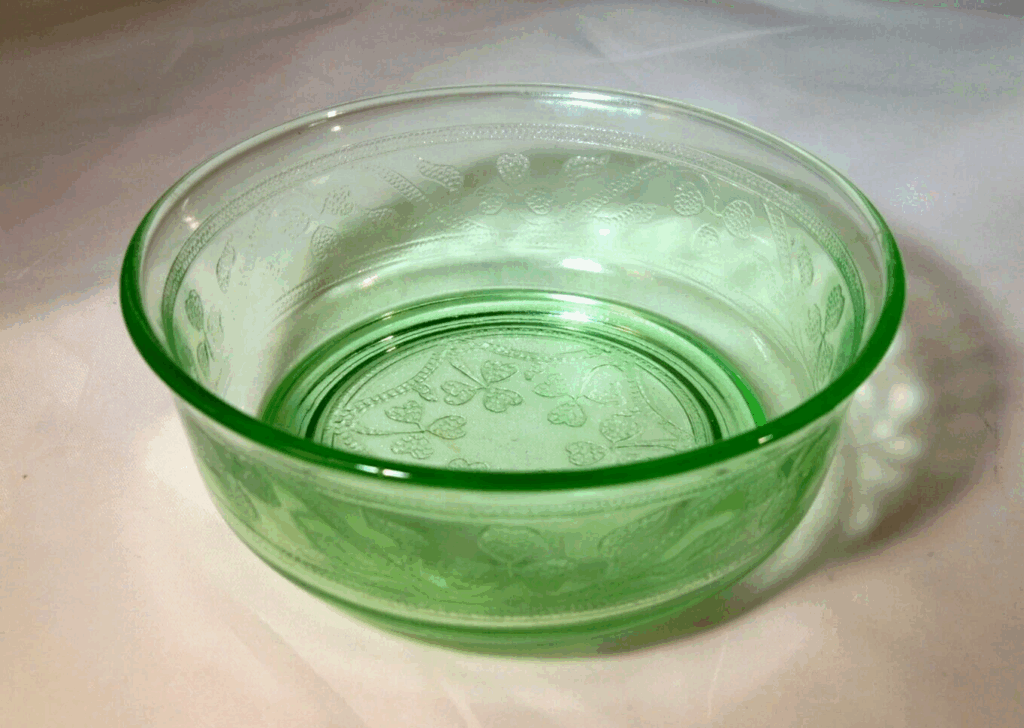
Hazel Atlas’s Cloverleaf pattern was introduced in the 193’s and became a popular premium in cereal boxes. The glass bowls feature a charming design with clover-shaped motifs, which were both stylish and practical during the Depression era. These bowls were not produced in high quantities, and their fragility makes them a rare find today. Prices for a well-preserved Cloverleaf bowl typically range from $50 to $80 depending on the condition.
The rarity of the Cloverleaf pattern is tied to the limited number of pieces produced and the delicate nature of the glass. Despite its initial popularity, many bowls were used and broken over time, leaving fewer pieces for collectors to find. The distinctive design and historical significance of these bowls make them a sought-after collectible. The Cloverleaf bowls remain a symbol of vintage glassware and Depression-era promotions. Today, collectors actively search for these bowls to complete their Depression glass collections.
Hazel Atlas Moderntone Cereal Bowl
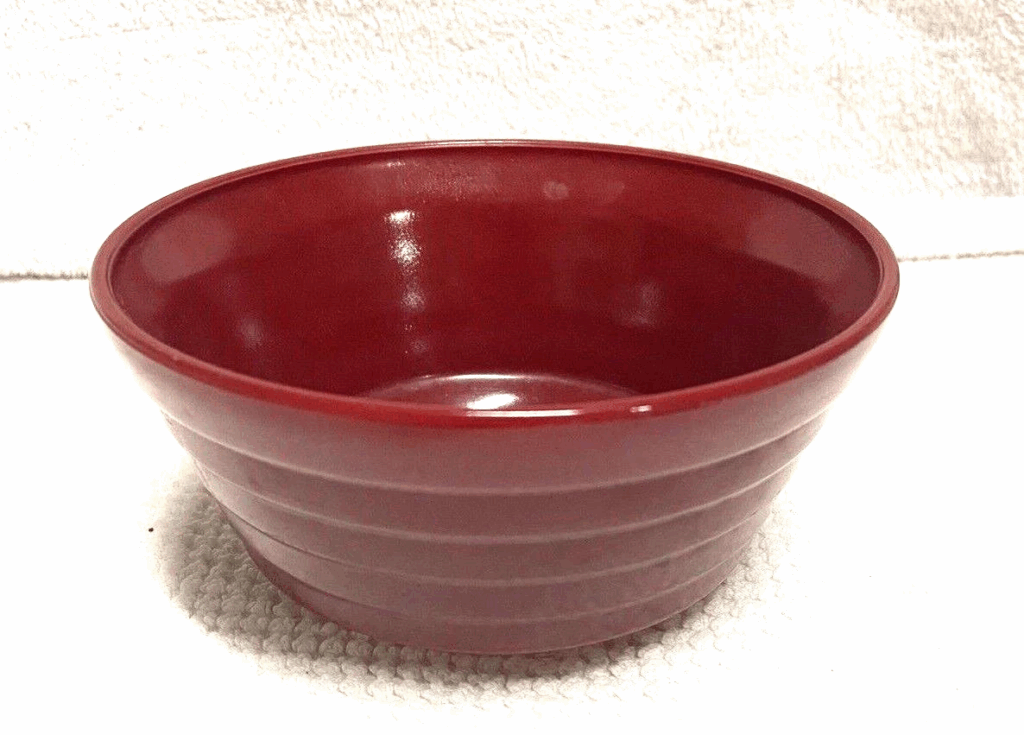
Hazel Atlas’s Moderntone pattern, introduced in the 1930s, was included as a premium in Wheat Krispies cereal boxes. The Moderntone pattern features simple, clean lines, which made it ideal for both everyday use and as part of the cereal box promotion. These bowls are considered rare today because many of them were used regularly and have been lost or damaged over the years. The estimated market value for a well-preserved Moderntone cereal bowl is approximately $35 to $60.
The Moderntone pattern has remained a favorite among collectors due to its straightforward design and historical significance. The pattern was mass-produced, but many pieces have disappeared over time, making well-preserved items highly prized. These bowls offer a glimpse into the past, reflecting an era where functional beauty was highly valued. Today, they are considered collectible pieces, often sought after by those interested in Depression-era glassware. The simplicity and durability of the design continue to make it a popular choice.
Jeannette Glass Doric Cereal Bowl
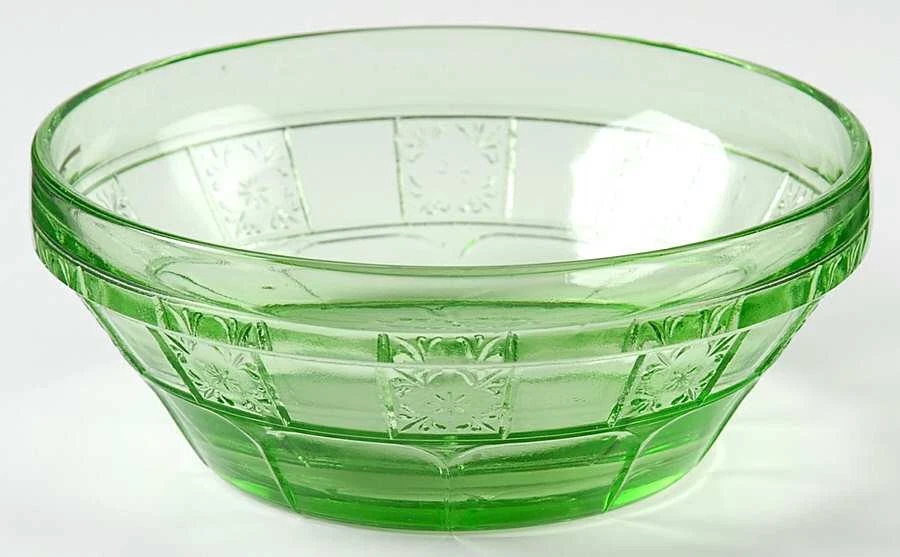
Jeannette Glass introduced the Doric pattern in the 1930s, and some of these pieces were included in cereal boxes as part of a promotional campaign. The Doric pattern features a simple yet elegant design that made it popular for everyday use during the Depression era. These bowls are rare because they were not produced in high quantities and were prone to breakage. Today, a Doric cereal bowl can be worth between $50 and $100, depending on its condition.
The Doric pattern is often found in clear or pastel-colored glass, which adds to its aesthetic appeal. Its timeless design and historical context have made it a favorite among Depression glass collectors. The rarity of these bowls is attributed to their limited production and the fragility of glass, leaving fewer pieces in circulation. Despite this, the Doric bowls continue to be sought after for their elegant simplicity and vintage charm. Collectors of Depression glass cherish these pieces for their historical significance and collectible value.
Macbeth-Evans Petalware Cereal Bowl
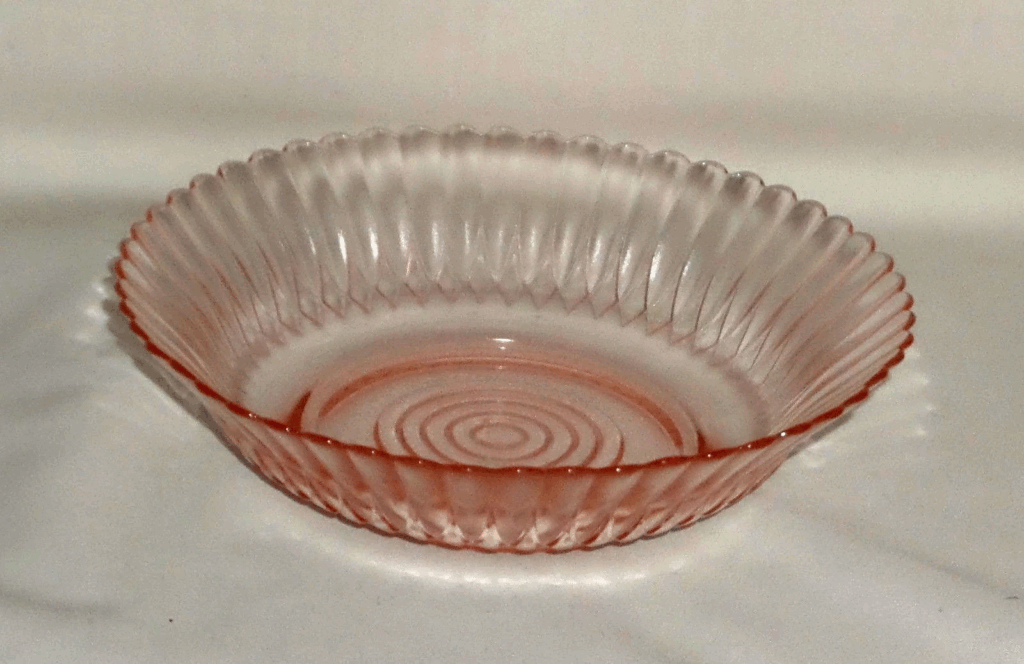
Macbeth-Evans’s Petalware pattern was introduced in the 193’s, with some pieces included as premiums in cereal boxes. The Petalware pattern features raised floral designs that give it a distinctive and elegant appearance. These bowls were rare because they were only produced for a short time, and the glass was fragile, leading to many being damaged. Prices for a well-preserved Petalware bowl can range from $50 to $85.
Collectors appreciate the Petalware pattern for its intricate design and historical significance. The bowls were a practical luxury during the Depression era, and many have been passed down through generations. Due to their limited production, surviving Petalware bowls are now considered rare finds. The combination of beauty and rarity makes these pieces highly sought after. Petalware bowls continue to hold value for both their craftsmanship and connection to Depression-era promotions.
Federal Glass Iris and Herringbone Cereal Bowl
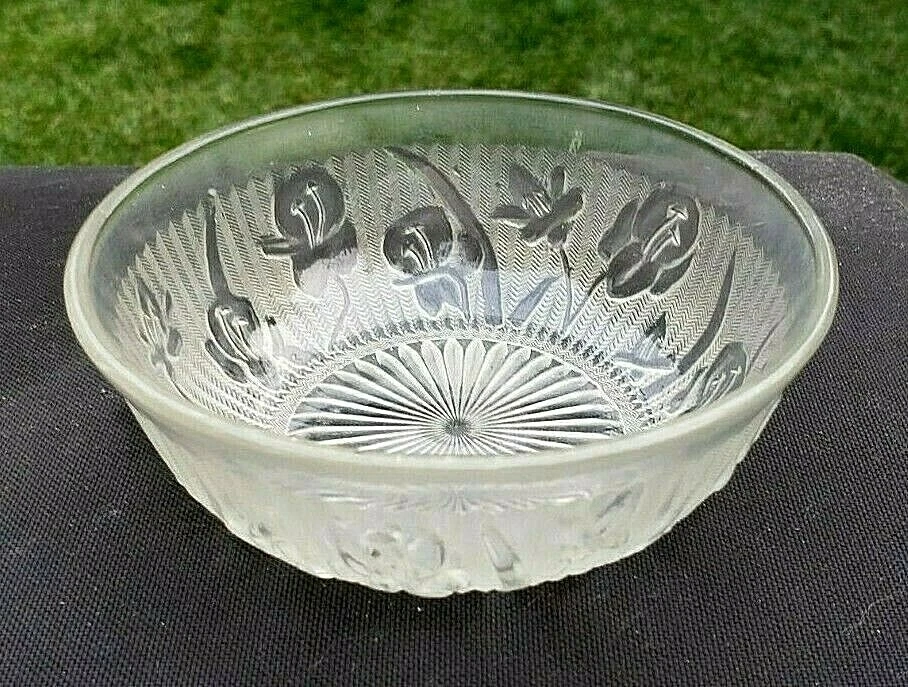
Federal Glass released the Iris and Herringbone pattern in the 193’s, and some of these pieces were included in cereal box promotions. The Iris and Herringbone pattern combined geometric and floral designs, making it both elegant and durable. Due to the limited production and fragility of glass, these cereal bowls are rare finds today. A well-preserved piece of this pattern can range in value from $40 to $90, depending on its condition.
Collectors value the Iris and Herringbone pattern for its distinctive design, which reflects the time period’s love for geometric patterns. These bowls were produced in a variety of colors, but clear and green are particularly popular among collectors. The rarity of these pieces, combined with their unique design, makes them highly sought after. These bowls are treasured not only for their beauty but also for their place in Depression glass history. The Iris and Herringbone bowls continue to be a favorite collectible among vintage glass enthusiasts.
This article originally appeared on Avocadu.
